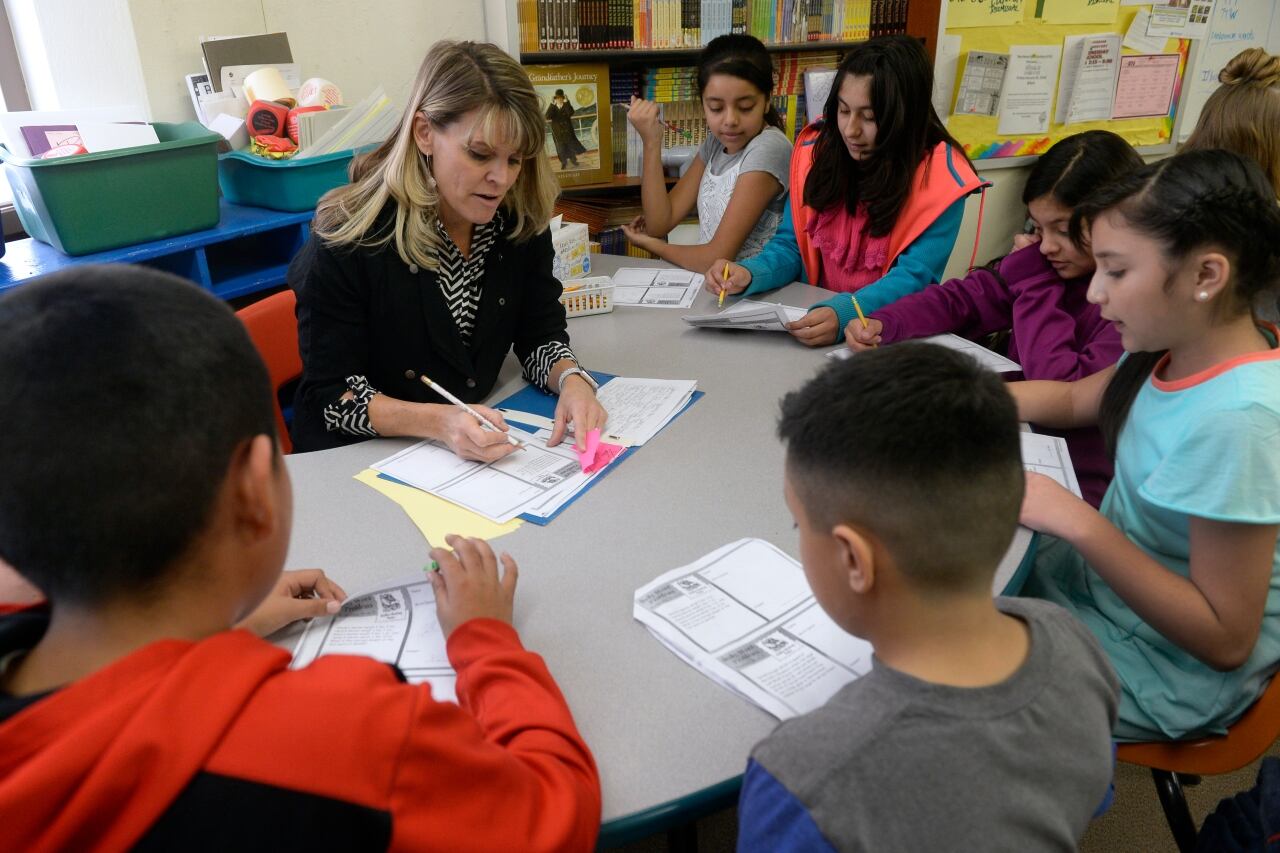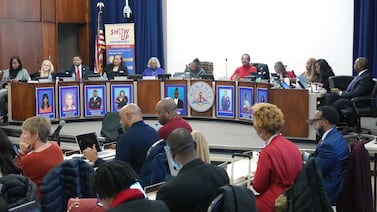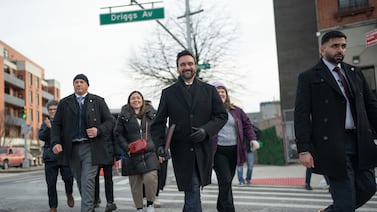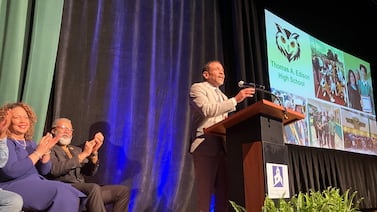Colorado voters approved just over half of the 30 local school district tax and bond measures on the ballot Tuesday, with wins in districts ranging from 27J in the north Denver suburbs to a number of rural districts, including Roaring Fork in the mountains and Rocky Ford on the eastern plains.
Most districts seeking tax measures this year were medium or small districts — with none of the 10 largest districts in the mix on Election Day, according to a tally kept by the Colorado School Finance Project. As of Wednesday morning, the percentage of successful school district ballot measures seemed lower than in past years, said Tracie Rainey, executive director of the project.
Several were still too close to call Wednesday, including a mill levy override passing by fewer than 10 votes in the tiny West Grand School District.
“A lot of these districts are very small districts, so you’re looking at just a few votes one way or another,” Rainey said. Though the number of school district ballot measures this year was fairly consistent with previous years, Rainey said the number of students affected is lower.
Over the past three years, pass rates on school tax measures have ranged from more than 60% to more than 90%. District leaders and election watchers like Rainey attributed the defeat of some tax proposals this year to low voter turnout, continuing economic anxiety, and pandemic-related disruptions to public engagement.
“I just think you didn’t have the people voting that needed to get out and support their local communities,” Rainey said.
Plus, COVID-19 may also have made it more difficult for school districts to communicate their needs to voters. That’s especially unfortunate, she said, given that the pandemic has highlighted the aging infrastructure of Colorado’s schools when it comes to things like ventilation and technology.
While voters in the the 20,000-student 27J district passed a $515 million bond package Wednesday, they rejected a mill levy override that would have paid for higher staff salaries. District spokeswoman Janelle Asmus said the split decision was likely because the bond won’t raise property taxes in part because it replaces retiring bond debt, while the mill levy would have bumped taxes by 8 mills.
“We know we are exiting a pandemic, or on our way, and there’s still a certain amount of economic discomfort out there,” she said.
Asmus said district officials in the fast-growing district are thrilled about the passage of the bond, which will pay for a new high school in Commerce City and new STEM and career education additions at the district’s three high schools, among other building projects.
She said the 20,000-student district could grow to 50,000 students by 2050 if district projections hold up.
“When you drive through our district, you can see housing starts everywhere,” Asmus said. The bond issue will help solve school crowding not just in the near term but well into the future.
The 5,300-student Roaring Fork District was one of five Colorado districts to pass a mill levy override Tuesday, according to preliminary vote counts. Mill levy overrides are a type of property tax collected for a particular purpose, on top of property taxes that go toward regular school operations.
Superintendent Rob Stein estimates the funding — $7.7 million a year — will allow Roaring Fork to raise salaries by an average of 10%, though the district has not yet worked out the details. Like many districts around the country, Roaring Fork is experiencing serious staffing shortages this year.
“We knew we needed to pay more to pay a competitive wage and a living wage,” Stein said. “This will make a huge difference.”
The Roaring Fork Valley in western Colorado has one of the highest costs of living in the state, Stein said, and the district has already done a lot to recruit and retain educators, including building its own affordable housing units, all of which are full. But some expenses are fixed.
“You can’t save money on repairing brakes for school buses,” Stein said.
In the tiny Rocky Ford district in southeastern Colorado, voters approved a $6 million bond issue, after rejecting a slightly bigger one last year. The bond proceeds will provide much of the required local match for a state grant that will pay for a new pre-K-8 school and various other improvements.
Superintendent Kermit Snyder said after last year’s defeat, the district did two things to reduce the property tax burden it was asking voters to assume. First, the district agreed to put $1.6 million from its reserves toward the required match. Second, the local education foundation — funded with money from a past water rights deal with the City of Aurora — agreed to put $80,000 a year toward repayment of the bond.
Those changes reduced the tax ask by nearly half, prompting local farmers, who lined up squarely against last year’s bond measure, to join a diverse array of supporters this time around, said Snyder.
He saw signs that community attitudes were shifting in August during a meeting about the bond plan. The owner of a large local farm attended, asked questions, and ultimately pledged his support.
“That really seemed to start this wave of others giving it careful consideration,” Snyder said.






